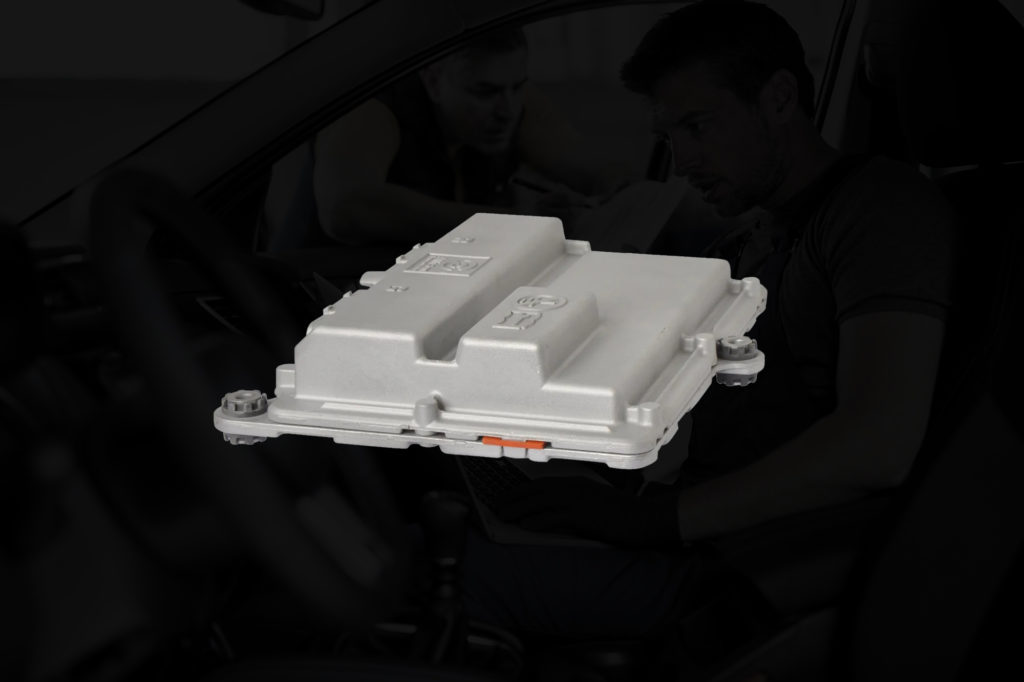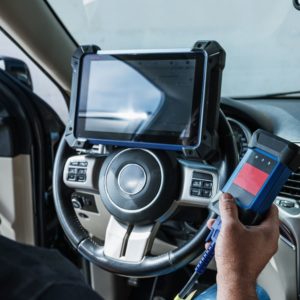The 700 series codes that the electronic control module (ECM) or powertrain control module (PCM) logs are usually related to the transmission. The transmission control module (TCM), which interacts with the ECM in vehicles with automatic transmissions, controls the transmission in addition to the engine. The PCM directs both the engine and transmission.
P0727 is a generic trouble code related to a fault in the engine speed input circuit.
What Does the P0727 Code Mean?
Diagnostic trouble code (DTC) P0727 stands for “Engine Speed Input Circuit No Signal.”
The transmission shifts up the gear range during acceleration. This allows the vehicle to reach higher speeds while using lesser RPM, which reduces fuel consumption and engine wear. Lowering the engine’s RPM, on the other hand, reduces the available power and torque.

The TCM determines the appropriate shift timing based on various variables, such as engine RPM and vehicle speed based on the driver’s throttle input. The transmission should account for engine RPM when determining the appropriate gear based on the driver’s inputs. This is because it has a huge impact on how much power and torque the engine can produce.
The TCM periodically receives the engine speed signal from the ECM across the data network in place of a dedicated engine speed sensor. The engine speed input sensor is often mounted with a rubber O-ring (on the sensor housing) to create a seal with the transmission case.
When the PCM fails to receive an engine speed input signal voltage for a particular period and under specific conditions, it sets code P0727.
Note: The definition of code P0727 might be different depending on the vehicle manufacturer. Consult the appropriate repair manual or repair database for the exact code definition.
What are the Common Causes of the P0727 Code?
- Engine speed position sensor failure
- PCM issues
- TCM failure
- Wiring problems
What are the Common Symptoms of the P0727 Code?
- Illuminated check engine light
- Decreased fuel economy
- Incorrect transmission shifting

How to Diagnose the P0727 Code
A P0727 code can be logged by vehicles that have an on-board diagnostics system. However, the specifics of diagnosing the code depend on the make and model, so there’s no universal way to determine what’s causing it.
If you’re unsure about running diagnostic tests on your vehicle, it’s best to take it to a certified mechanic. Otherwise, you can go ahead and use your automotive know-how to determine the root of the issue on your own.
How to Fix the P0727 Code
To fix a P0727 problem, you’ll need specific tools and in-depth knowledge about your engine’s transmission and engine input sensor. If you try to address the code yourself despite not having one or both, you’ll risk making the problem worse.
But if you’re an experienced automotive DIYer with advanced technical knowledge and hands-on experience, you can resolve the trouble code on your own. Make sure you consult a repair manual or an online repair database before getting started. These resources provide guides that are specific to your make and model.
Any information provided on this Website is for informational purposes only and is not intended to replace consultation with a professional mechanic. The accuracy and timeliness of the information may change from the time of publication.


















